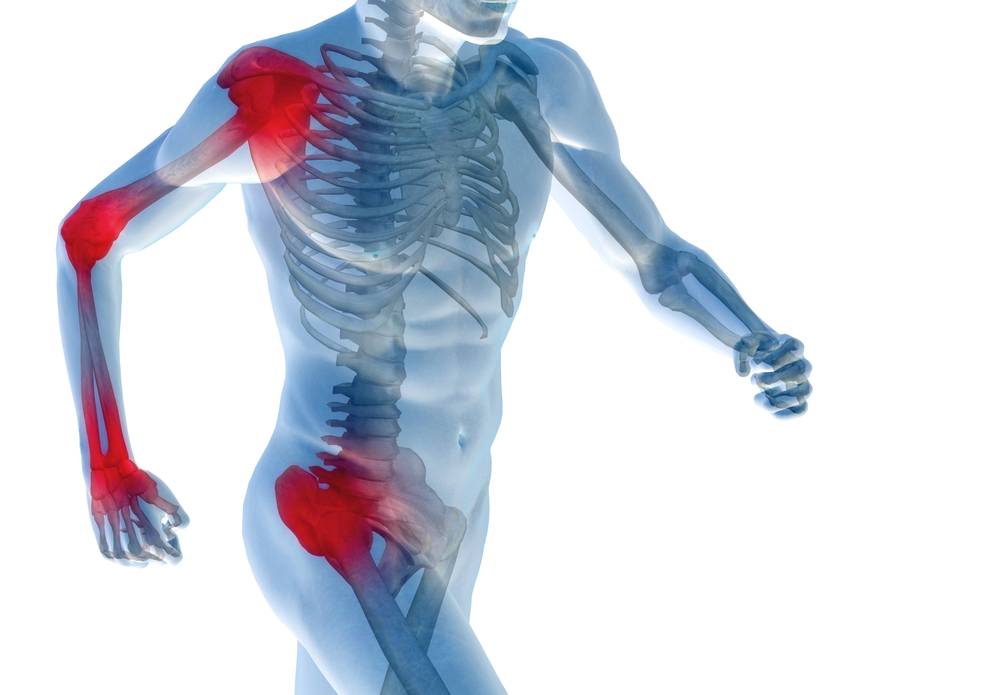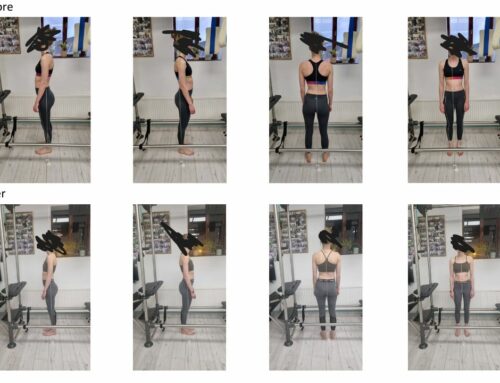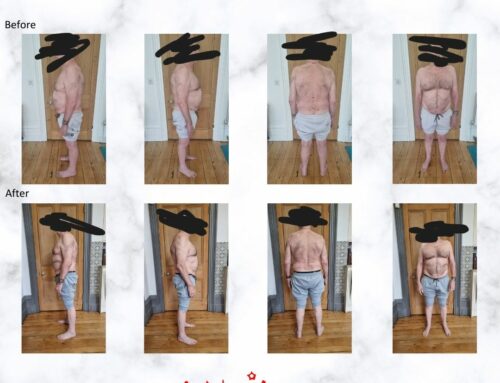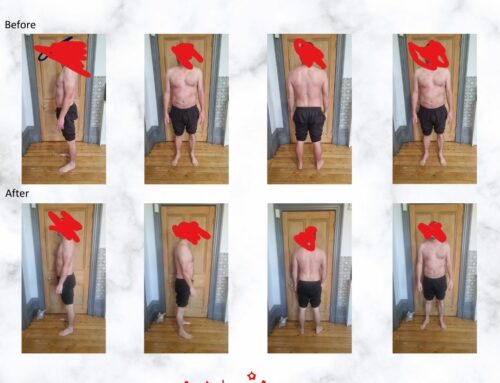There are a number of concerns regarding strength training in a rehab setting. Finding the right studio and the right person to understand you can be a frustrating proposition. At our clinics, we make sure that we speak to all our clients individually first. Before we even consider charging them.
Inflammation in joints and surrounding soft tissues
Inflammation is an indicator of the body’s attempt to clean the injury site for tissue healing. I am constantly contacted with clients with conditions ending in the suffix “-is”. So, in a nutshell, anything ending in -is like arthritis, bursitis, plantar-fasciitis, spondylitis, bronchitis, the list goes on, is all inflammation. Care must be taken when using resistance training not to overload tissues during the inflammatory process. Hence our Pilates multi-apparatus is all low-load springs. In the initial stages of rehabilitation, high reps and low resistance exercise provide an effective counter-stimulus to the inflammatory process.
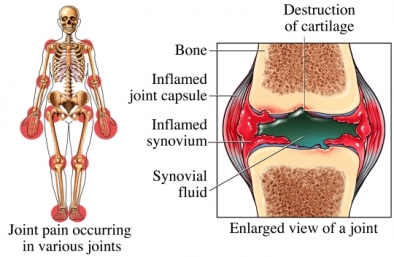
With repetition schemes of > 30 reps, there is a local aerobic response in the working tissues. The high volume / low resistance creates an increased oxygen requirement in the injured tissues. This is then addressed by the bodies super-compensation. The increased oxygen is very important where protracted inflammatory states are concerned, because oxygen is an antagonist to proteolytic enzymes. “Proteolytic enzymes digest protein by aiding in the digestion process, breaking it down into amino acids”. This type of exercise promotes capilliarisation in the working tissues.
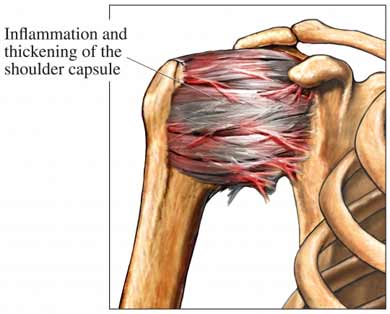
Ishcemia of Muscles
Too many therapists attempt to exercise people who are suffering from soft tissue ischemia. This only leads to increased pain and frequently discourages the patient from participating in an exercise programme. When a muscle is ishchemic, it is getting less and optimal blood supply to maintain homeostasis in the working tissues (even at rest). The following are common sources of muscular icshemia.
- Poor posture
- Protective muscle spasm (stress fracture, joint injury (Hilton’s law))
- Overload of tonic muscles (faulty movement patterns and sport or specific overload)
- Trigger point development
- Response to referred pain
- Psychological stress and limbic overflow
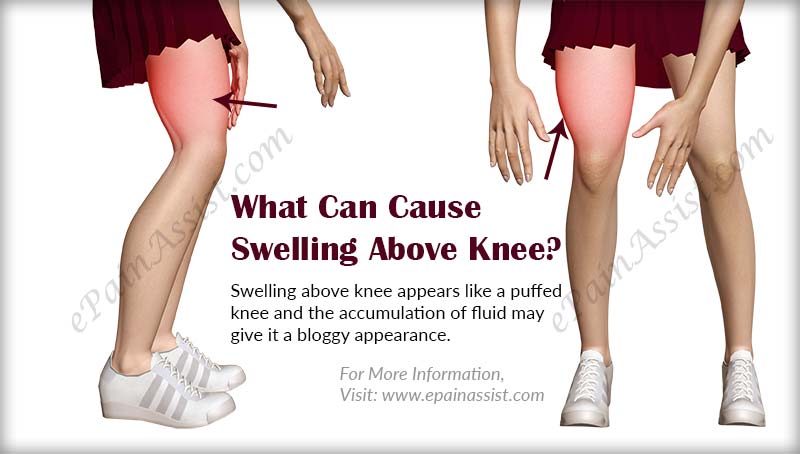
Bibliography:
Advanced programme design – Paul Chek

Nisha is a certified level 3 Chek practitioner and holistic lifestyle coach specialising in Pilates and Yoga. Her journey started when a visiting Laban teacher introduced her to Pilates at Dance College in a contemporary class during her first year.
Its effects were forgotten but she then re-discovered Pilates through Michael King eleven years later whilst running her dance school.
Her background spans over 32 years with formal training in classical ballet, modern dance, tap, national choreography, stage production and theatre.
Her formation includes Pilates, Thai bodywork, Yoga, GYROTONIC, GYROKINESIS, Garuda and anatomical studies. Her particular interest is fascia, and the connective lines and movement patterns that allow a full moving structure rather than the isolation of bones and muscles.
Her fascination with questioning the traditions of modern medicine and fascination with searching for meaningful answers has taken her in many different directions and has offered her an abundance of opportunities gaining a wealth of knowledge. “I tried many movement modalities and extended my search after experiencing fascia, because of its connection of movement. Quickly, I noticed my own body changing, as well as the bodies of my own clients. In the last 32 years of teaching I’ve developed my own movement and lifestyle philosophy".
Throughout her studies Nisha has done numerous dissections with Julian Baker, Mel Cash and Cery Davies and has the opportunity to take lectures and courses from James de Silva, Robert Schleip, Joanne Avison, Tom Myers, Matt Wallden, Leigh Brandon, Emma Lane, Gary Carter, Paul Chek, Dan Hellman, Peter Blackaby plus many more.
Nisha's teaching method promotes reflective self-discovery and provides the requirements to integrate a shift in consciousness for attaining individual goals.
Nisha teaches in her own studios in St. Helens and Manchester, plus she also has an online following. Throughout her career she has also taught Sting, Sir Ian McKellen, Cirque de Soleil, Will Young and Belinda Carlisle. She has also worked in professional football and both Rugby League and Union for over 20 years. Players she has provided a specific program for were former Manchester Citys Vincent Kompany, Everton's Steven Pinnear and goal keeper Jonas Lossi.
She maintains that an attitude of compassion, consistency and joyous humour are excellent components to growth and expanded potential.
She welcomes all level of movers from the beginner to the seasoned athlete who have a desire to increase their skill potential, also teachers and students. Her specialties include assisting post rehabilitative back pain individuals, injury prevention for athletes and spine health for everyday people.




